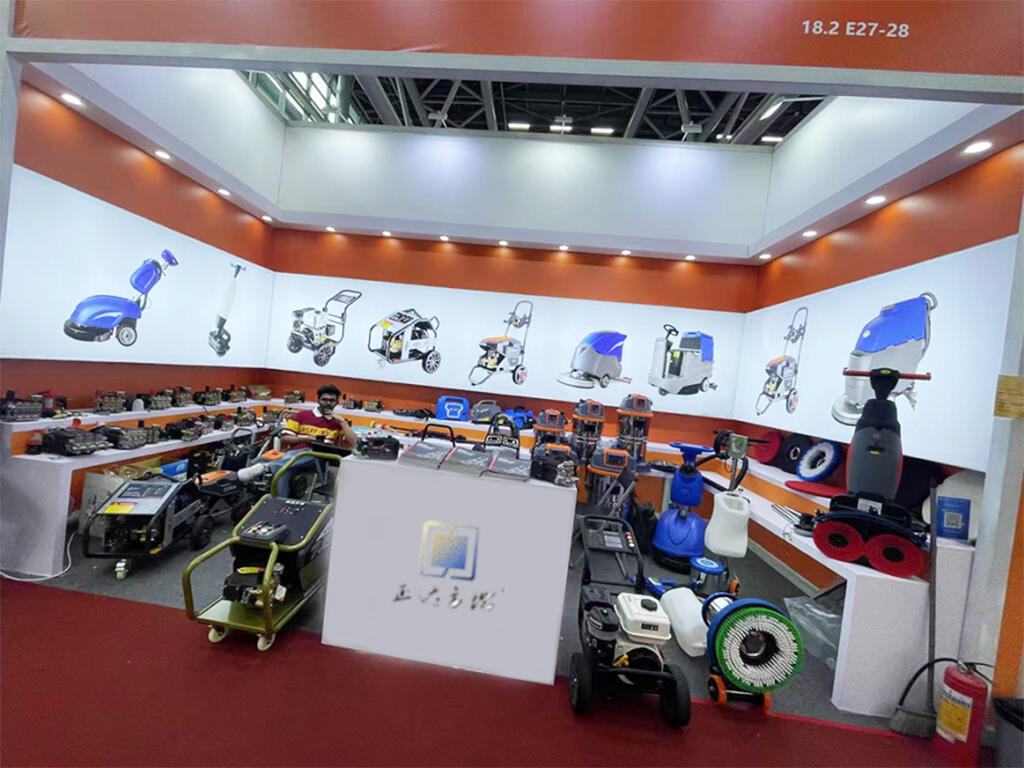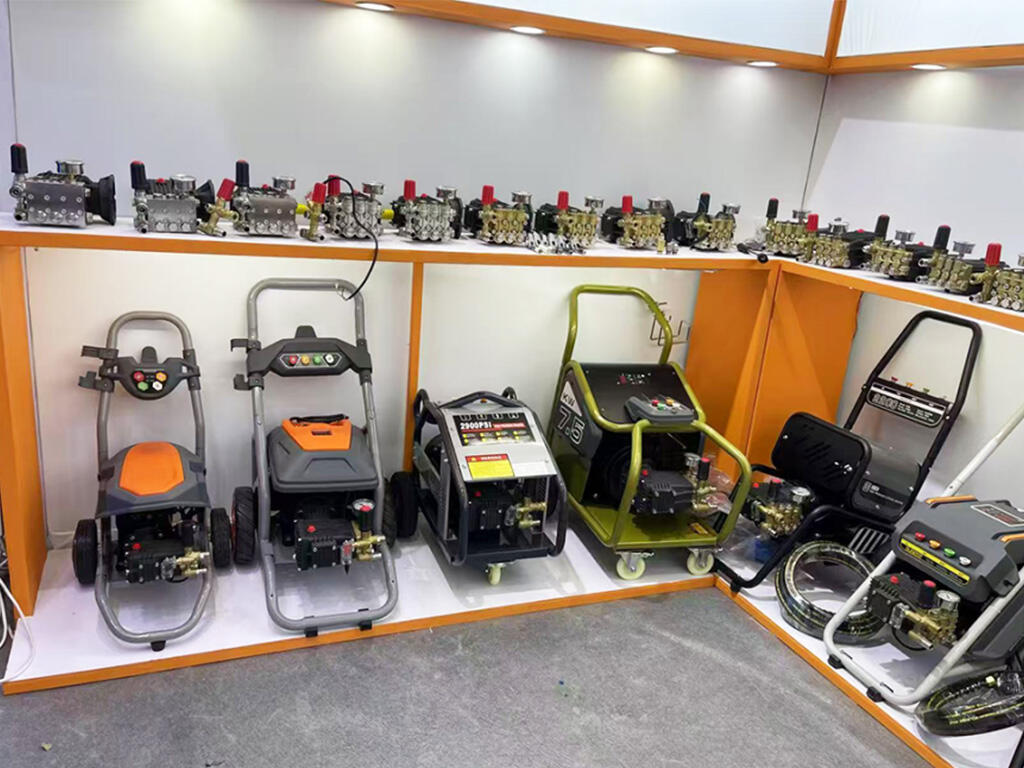In a world that never stops moving, keeping places clean matters more than ever. From factories to storefronts, floor sweepers help make sure dirt and debris don’t get the upper hand. This piece takes a closer look at why these machines matter, the perks they offer, and how they push us toward cleaner, safer spaces.
Unmatched Speed: Redefining Efficiency in Cleaning
Speed is the first benefit people notice. Dragging mops or manual brooms over a warehouse floor can eat up hours, especially when dealing with large areas that see constant foot or vehicle traffic. Imagine a bustling logistics hub where trucks unload goods every 15 minutes—manual cleaning here would be a never-ending battle, often falling behind schedule. Modern sweepers, however, let one operator glide over a vast area in minutes, chopping clean-up time almost in half. For instance, a mid-sized supermarket that once required three staff members to spend two hours sweeping after closing can now have the same job done by one person in 45 minutes with a ride-on sweeper. That speed frees staff to do other jobs, such as restocking shelves or assisting customers, and helps managers stick to budgets by trimming labor costs linked to routine maintenance.
Superior Effectiveness: Beyond Surface-Level Cleanliness
Effectiveness is just as vital. Still photos and videos make every floor look spotless, but unseen dust and grit can cause slip hazards and health problems. Many sweepers now bundle strong suction, rotating brushes, and HEPA-grade filters, nabbing everything from shards of glass to fine powder. In a busy airport terminal, where thousands of shoes track in mud, sand, and even small pebbles daily, a standard broom might miss up to 30% of these particles. A high-powered floor sweeper, with its combination of brushes that agitate embedded dirt and suction that pulls it away, can capture over 99% of such debris. Such thoroughness is critical in schools, where children often play on the floor; hospitals, where sterile conditions are a must; and food plants, where a single speck of dirt can break trust with consumers or even violate strict health regulations.
Preserving Flooring: A Long-Term Investment in Durability
Using floor sweepers is a smart way to help your flooring last longer. When you clean regularly with the right machine, you stop dirt and grime from collecting and grinding away at the surface like sandpaper. In a manufacturing plant with concrete floors, for example, metal shavings and industrial dust can quickly etch the surface if left unchecked, leading to cracks and uneven areas within a year. With a sweeper that targets these particles daily, the same floor can remain smooth and intact for five years or more. By making that small investment, companies can push back the need for expensive repairs or replacements, keeping the floors looking fresh for years. On top of saving money, a well-kept floor gives the whole building a cleaner, friendlier feel that welcomes both employees and customers, making a positive first impression that lingers.
Eco-Friendly Cleaning: Reducing Environmental Impact
Floor sweepers do more than keep surfaces tidy; they also help the planet. Today’s machines often come with green features, like motors that sip power and systems that use little or no water. Traditional mopping in a large shopping mall, for example, can consume hundreds of gallons of water daily, along with chemical cleaners that end up in drains. A modern waterless sweeper, by contrast, uses only mechanical action and suction, eliminating both water waste and chemical runoff. By choosing these models, businesses cut energy use and waste while still hitting tough cleaning goals. Showing that level of care can boost a company’s image and draw in customers who pay attention to eco-friendly practices, turning a routine cleaning task into a marketing advantage.
The Rise of Automation: Smart Cleaning for 24/7 Spaces
It’s hard to ignore the growing trend of using robots to do the dirty work. Thanks to better sensors and smarter software, many facilities are now choosing automated floor sweepers that glide along with very little help from people. In a 24-hour hospital, where cleaning can’t disrupt patient care or emergency procedures, an automated sweeper can navigate around nurses’ stations, beds, and equipment during night shifts, ensuring floors are spotless by morning. Owners can set a schedule, and the machine rolls out overnight or during quiet hours, keeping floors clean without stopping deliveries or sales. This tech step not only saves time but also eases the labor pinch many cleaning teams face, giving managers a steady partner on the job that never calls in sick or needs a break.
In short, modern sweepers have moved from nice-to-have gadgets to everyday essentials for any busy space. They clean faster, reduce wear on surfaces, cut chemical waste, and—thanks to fresh automation options—work almost on their own. For firms serious about shine and hygiene, spending a little more on a reliable model today may mean less costly repairs tomorrow. As sensors, batteries, and AI keep getting better, the clean future most operators dream of is already rolling silently down the aisle, making every environment safer, healthier, and more welcoming.




